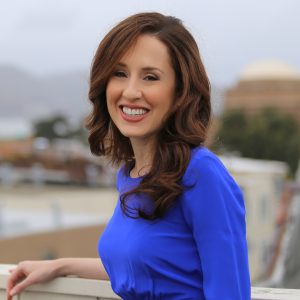
Shoshana Ungerleider, MD, founder of the End Well project
Dr. Shoshana Ungerleider is an award-winning physician, writer and producer—and founder of End Well, a series of events and a media platform focused on transforming the end of life into a human-centered experience. She is a leading voice in healthcare who regularly appears on CNN, MSNBC and CBS News and is the executive producer of two Academy Award-nominated documentaries about the end-of-life experience: Extremis and End Game. Her most recent documentary is about the life of Robin Williams, Robin’s Wish. She was a keynote speaker at the 2020 Global Wellness Summit.
In this edition, the GWI’s Beth McGroarty asks:
- What has the pandemic revealed about what most needs fixing in our culture around health, wellness, death and dying?
- Is there tension between the “dying well” movement and the wellness world’s obsession with longevity and anti-aging?
- What can any wellness business do to embrace the “end well” movement?
- What is the future of “dying well”? Where do psychedelics fit?
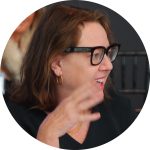
Beth McGroarty, GWI VP of research and forecasting: 2.7+ million global deaths. Who could have predicted exactly one year ago that our world would be gripped by so much grief, trauma and dying? What has this year revealed about what most needs fixing in our culture around death and dying—and in health and wellness?
Dr. Ungerleider: I will speak from my experience: I see a significant shift in the conversation around mortality among my friends, colleagues and relatives. People have realized, no matter your age, that tomorrow is never a given: You can be impacted by serious illness and death at any stage of life.
And, I think to some degree, every single person in the world is grieving right now. Not everyone has lost a loved one, of course, but we’re all feeling this collective loss of life, and this experience of truly collective grief is new for modern society.
The pandemic has also shined a light on the hidden world of caregivers, both informal (untrained and unpaid) family caregivers and our frontline healthcare workers. We’ve all learned something about what it’s like to be on the frontlines during a pandemic and risk your life every single day.
Our workforce of clinicians has been dramatically traumatized by this experience: from not having the PPE to not having the mental health support when we need it at our hospitals. One year out, the professional burnout is intense, and it’s hard to even think about the number of people who may leave medicine altogether—which is hugely problematic for everyone.
So many of my clinician colleagues are now really suffering and grieving but don’t have the time or space to experience it or get support because they’re so busy taking care of patients. A key lesson we’ve learned: We need to do far more to treat our frontline healthcare workers as human beings and create the services/support that they need to continue doing their job.
When I think about all the ways this last year has unfolded for people, I don’t think we even have the vocabulary that could hold the weight of what this has truly been.
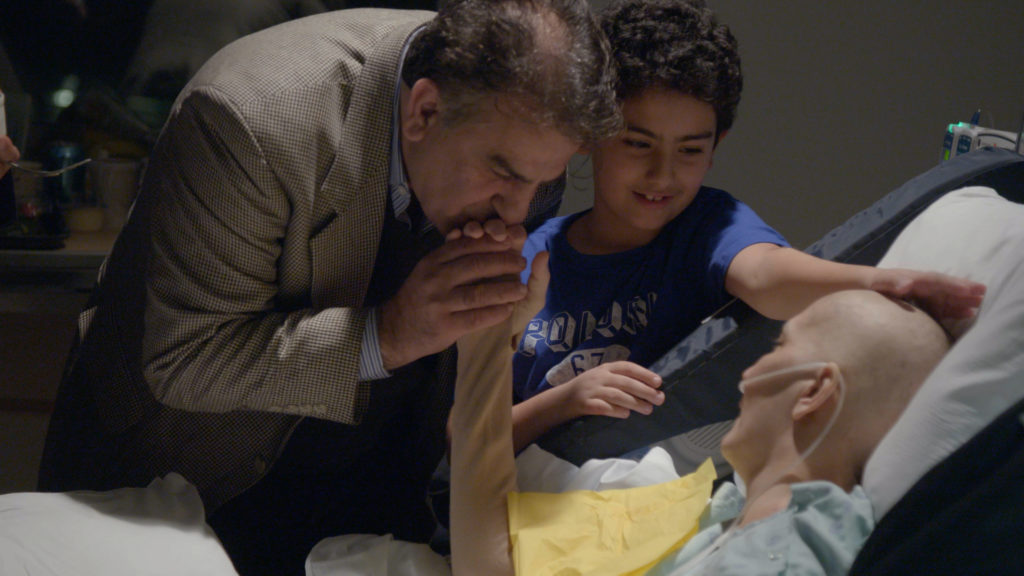
One issue that the pandemic has cracked wide open is that every medical clinician needs to be trained in palliative care. Palliative care is a team-based medical specialty, usually consisting of a nurse, doctor, social worker and chaplain who think holistically about quality of life and reduction of suffering for people and their families facing a life-limiting illness.
Because of the speed and severity with which COVID-19 takes hold of people, it made it painfully clear that providers in the emergency room and ICU (and other specialists) aren’t always trained in having conversations with people about their goals of care. If it’s not clear whether a patient may survive a hospitalization, they may need to communicate things like: If we have to put you on a machine to help you breathe, would you still want that type of intervention if it meant you may not be able to come off that machine? And, identify what people actually want based on their goals and values for however long they have.
Medicine is always poised to offer more treatment because that’s, frankly, how the healthcare system is set up, and some perverse incentives are at play. The culture of medicine means that, by default, you will receive the most aggressive, invasive treatment, no matter how old or sick you are, and sometimes even if it won’t help you. You will end up in the ICU hooked up to tubes and machines unless you opt out loudly or have someone in your corner advocating for you to receive something different.
COVID-19 made it even clearer that people of all ages need to talk openly about what they want and put it in writing. And that every single person in medicine needs to be trained on how to have honest conversations with patients and families to get at what they truly want from their care.
The “end-of-life” experience: Serious illness care, caregiving, the emotional/psychological aspects of the death and dying process, as well as grief and bereavement, are all part of a human journey that every person experiences in their lives. We need to make this experience better for people at every single level.
The pandemic also revealed—in real time—that we have a radically unjust healthcare system. Black and brown communities suffer a disproportionate burden of disease; they have less access to medical care and representation within the system. These, and a number of other factors, led to far greater rates of COVID-19 hospitalization and death, especially because of increased rates of obesity and other comorbidities such as high blood pressure and diabetes. This was further exacerbated by communities of color being more likely to be essential workers who don’t have the ability to take time off work if they are sick. The racial inequities at every level—from access to healthcare to preventive wellness throughout life to end-of-life care—need to be addressed in a very explicit and real way.
What we learned this year: We need to have many very hard conversations, starting with access to healthcare and wellness is systemically racist.
McGroarty: What personally made you interested in rewriting the end-of-life experience?
Dr. Ungerleider: When I was just out of medical school, I spent many months training in the ICU. I was utterly shocked by the amount of suffering I saw for people at the end of their lives—people of every age, but especially older people, who were often very frail, with end-stage cancer or organ failure, spending their final moments hooked up to machines and surrounded by strangers, hidden away from people they loved. I would look into their eyes and see tears and so much pain.
And I thought, my goodness, did this person choose this trajectory? How did they end up here? Nobody ever asked them, if time is short, how do you want to spend that time? What are your goals and values? What does a good day look like for you? I guarantee that the vast majority (if asked) would not have said, with IVs placed all over my body and sedated—hidden away from everyone in my life.
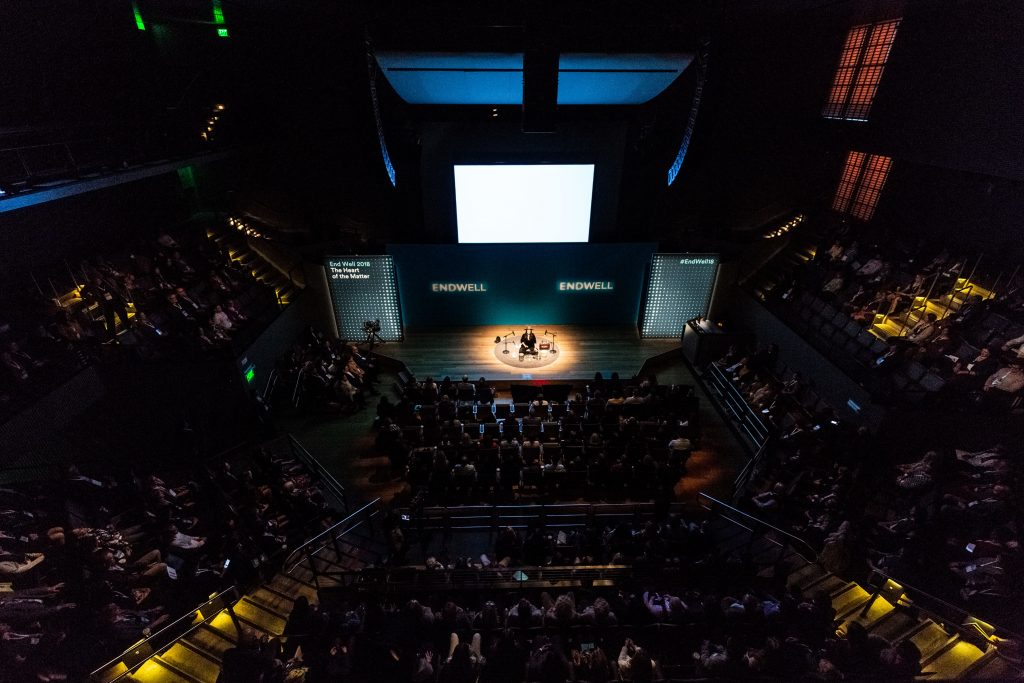 So, I started End Well, thinking, wouldn’t it be amazing if we had a TED-style conference where we invited people from many disciplines—design, tech, philanthropy, the arts, education, law, policy, healthcare, patients, and caregivers—to really talk about their experiences and learn from who’s doing the great work on the ground, so we could create new solutions, services and products that make a more humane end-of-life experience accessible for more people.
So, I started End Well, thinking, wouldn’t it be amazing if we had a TED-style conference where we invited people from many disciplines—design, tech, philanthropy, the arts, education, law, policy, healthcare, patients, and caregivers—to really talk about their experiences and learn from who’s doing the great work on the ground, so we could create new solutions, services and products that make a more humane end-of-life experience accessible for more people.
It turned into a global movement, transforming the end of life into something more human-centered, finally seeing the end of life as part of life.
We then created a media platform (written and video content), and even though we’re a tiny little team with no media or content delivery experience, we get tens of millions of views organically—evidence that this is a relevant issue for people.
McGroarty: The dying well movement is accelerating and lives under the “wellness umbrella.” At the same time, the wellness world leads with a strong message around anti-aging, “do this and live forever”—in biohacker circles, even “curing death.” What’s the impact of this “wellness paradox” on our culture?
Dr. Ungerleider: We just did a Clubhouse panel (with the founders of Wired magazine and TEDMED) on this exact topic, one that fascinates me personally. I don’t think there is any paradox between the “dying well” and the longevity focus in health and wellness. We’re all after the same thing: How can I live as well as possible as long as possible? It would be amazing if people could live longer, and there is amazing research into how cells age over time.
But it’s not just about living longer; it’s about having a good quality of life for those years, being able to have experiences that are meaningful and bring you joy. Until scientists figure out how to keep us alive, living well, and in a sustainable way for the Earth, there are many millions of people impacted, right now, by illnesses that modern medicine cannot cure—so the focus also needs to be on helping people end well. We can all unite around this: Live long, live well, and die well.
The wellness world needs to embrace that having a relationship with your own mortality is a key part of wellbeing; grasping that your life will end allows you to live better every day. You pay attention to life’s small miracles: the sunset, that hummingbird visiting your window during the pandemic.
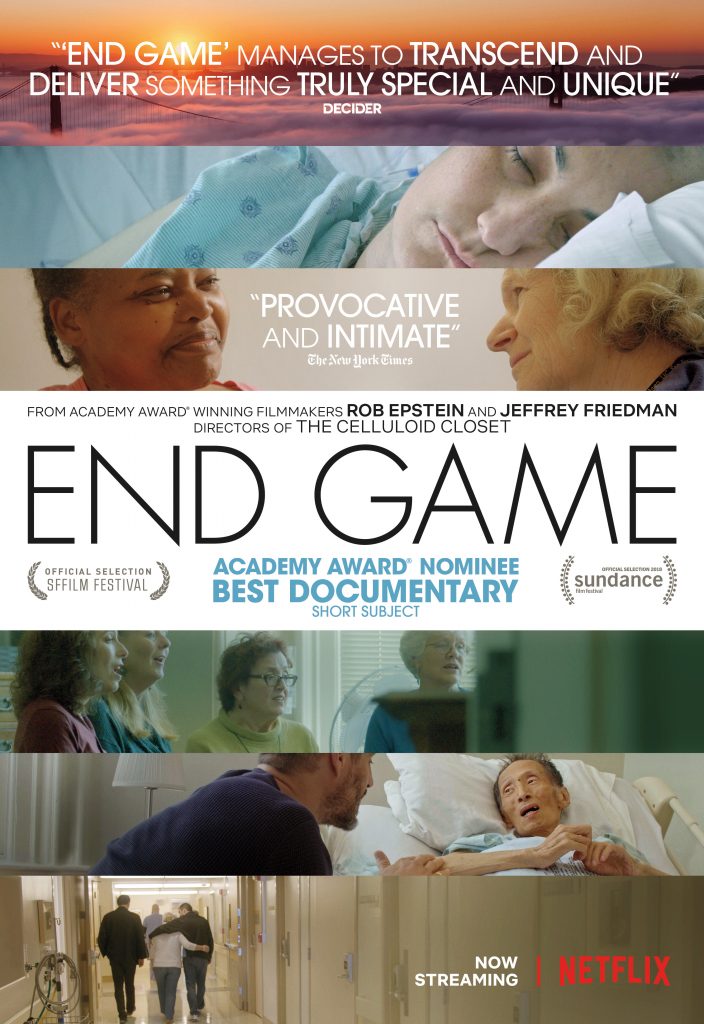 McGroarty: Most wellness businesses are, of course, not in the end-of-life space. What can they tangibly do to support this movement?
McGroarty: Most wellness businesses are, of course, not in the end-of-life space. What can they tangibly do to support this movement?
Dr. Ungerleider: Every business (big or small) can be a change-maker by talking openly about what employees are facing (are they caregivers? facing grief and loss?) and creating a safe, supportive space in the workplace, whether that’s in person or remote. It starts with the C-level leadership saying this is important and acting accordingly. There are so many programs and services you can embrace: providing caregivers paid leave, helping them get trained to be better caregivers at home, connecting people to bereavement support options for those facing grief.
We need to think differently about workplace wellness: It’s not just about yoga, meditation and healthy food. There are so many day-to-day life issues to address, and the end-of-life piece gets missed because it’s hard and not sexy. But it’s so incredibly important for employees.
McGroarty: Any predictions for the future of the “end well” movement? How about the eye-opening research on psychedelics’ impact on end-of-life distress?
Dr. Ungerleider: The early data I’m seeing in the psychedelic space is really encouraging.
What we know: The use of psilocybin, for example, under very strict guidance in a therapeutic setting does significantly reduce existential distress for people facing a life-limiting illness. And with very few side effects and a durable effect, meaning it lasts a long time: Johns Hopkins University found that it continued to reduce anxiety and depression for 80% of people with a life-threatening illness after six months.
We don’t have any modern, FDA-approved medications that achieve that effect. Nor do we recognize existential suffering as we should: We sedate people who exhibit symptoms that are very normal when people approach end of life. So, if psychedelics can reduce suffering with little risk of negative side effects, we need more studies that demonstrate this—and then we need to shift our thinking and make them more accessible as a therapeutic option.
I’m so data-driven; I’m not prone to making predictions. But I can tell you that in 20 years, my hope is that I don’t have to do this work anymore—that I can shut End Well’s doors—because we’ve sorted out how to treat people thoughtfully at the end of their life, and it’s just part of normal care that we provide to people.
We’ve learned some terrible lessons this past year. I’m hopeful we can grow from this experience, and everything we’ve learned will help us move forward toward making ending well possible for all.
We want to hear from you
One year into the pandemic, what do you think it has revealed about what most needs ‘fixing’ in health and wellness?

























































